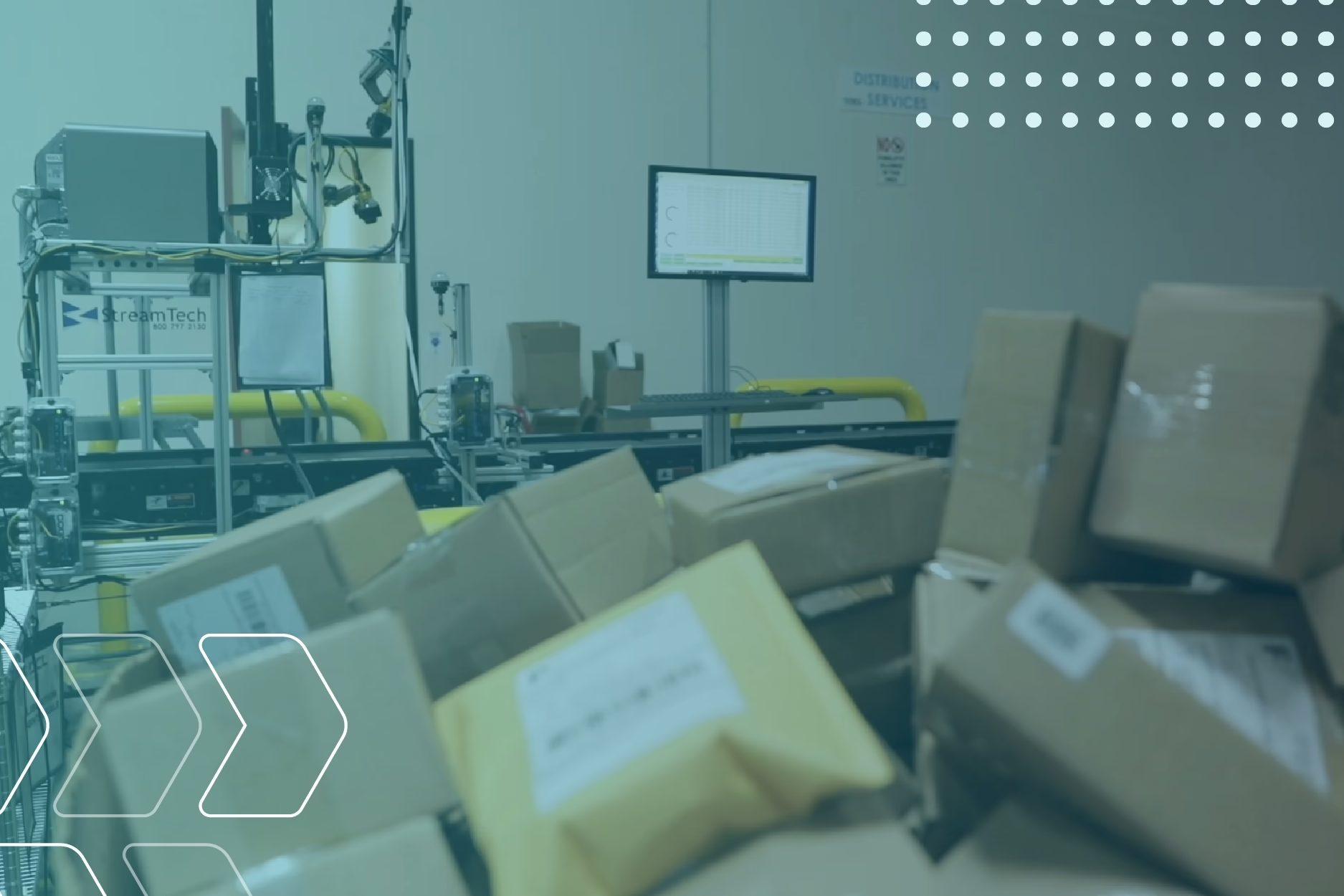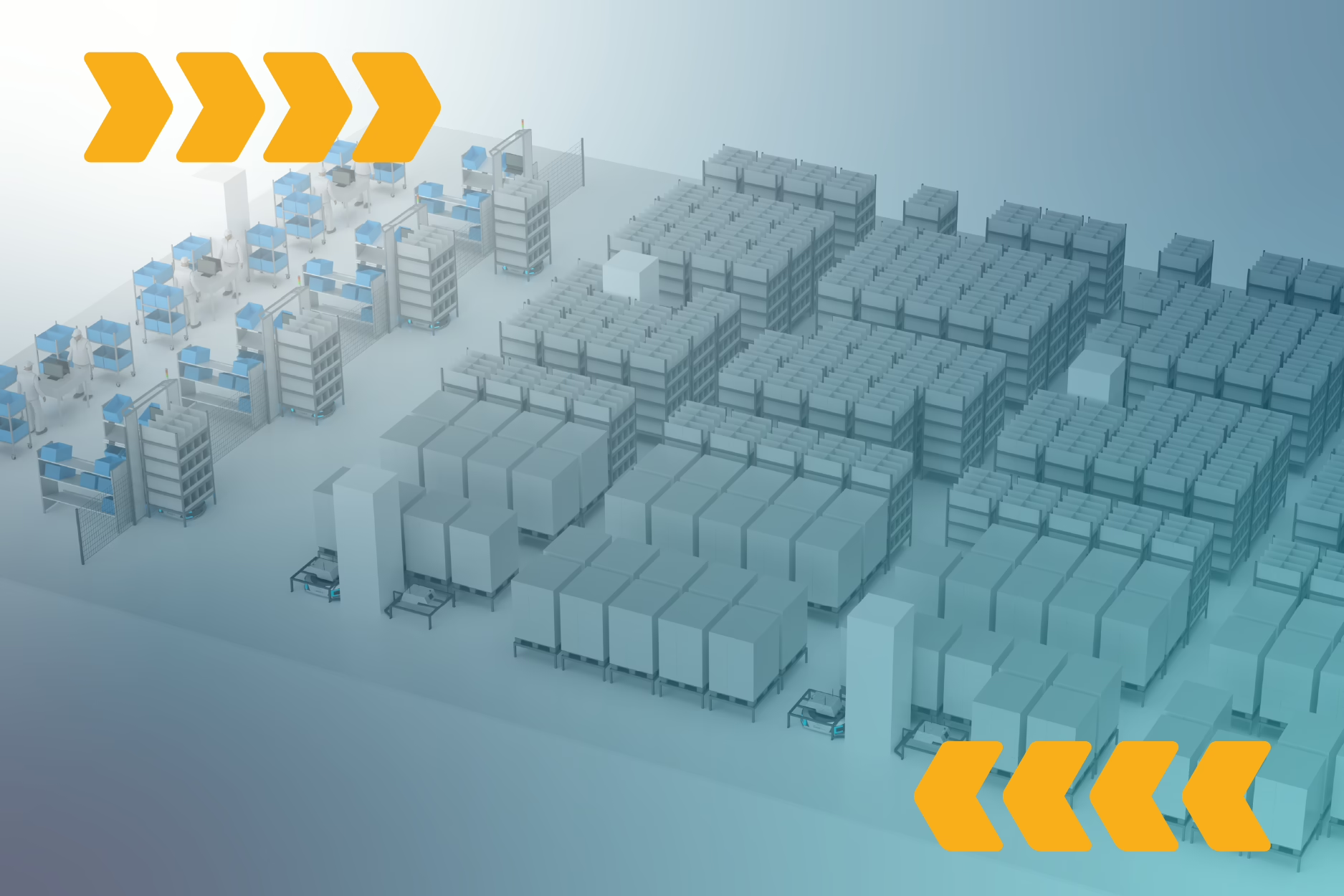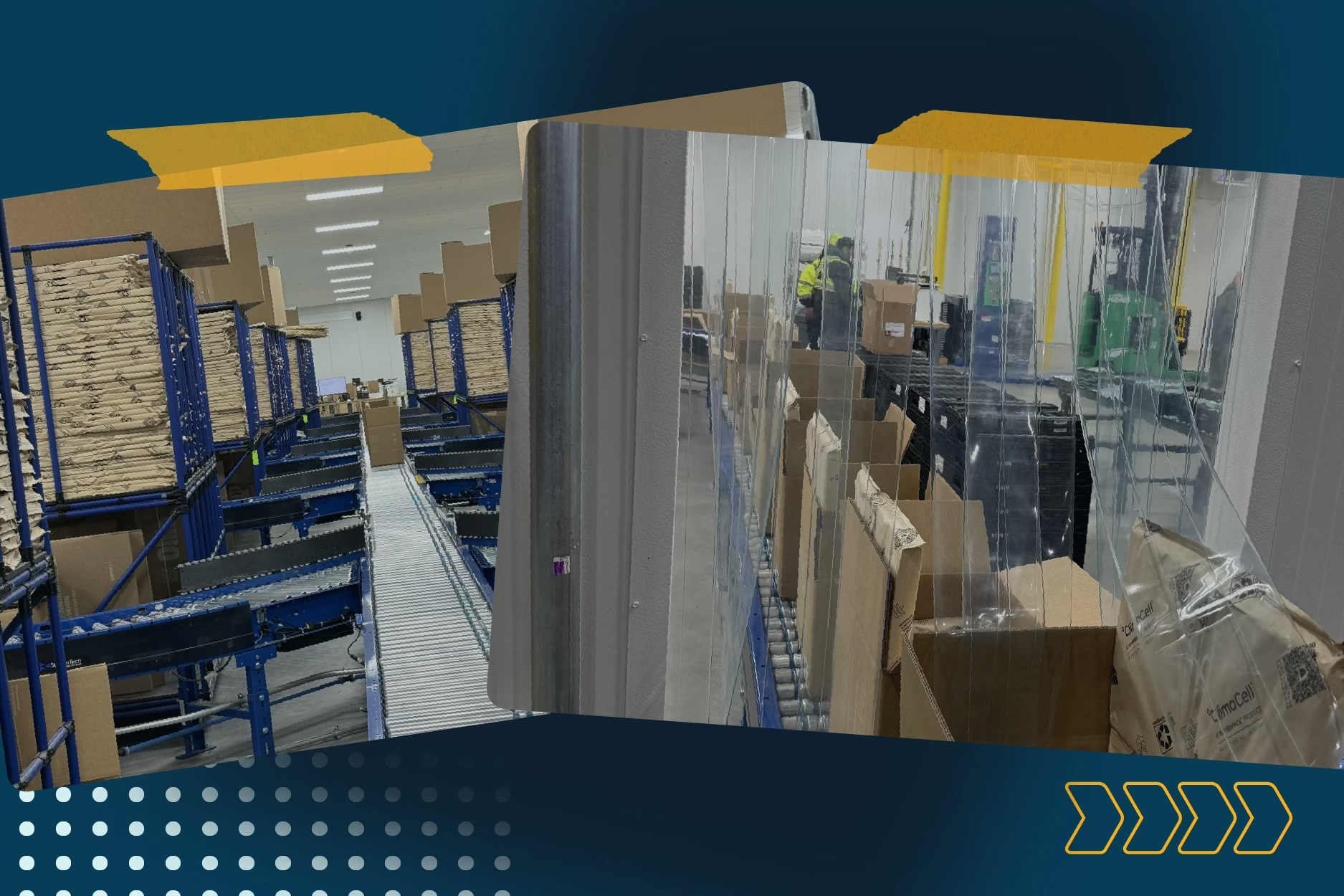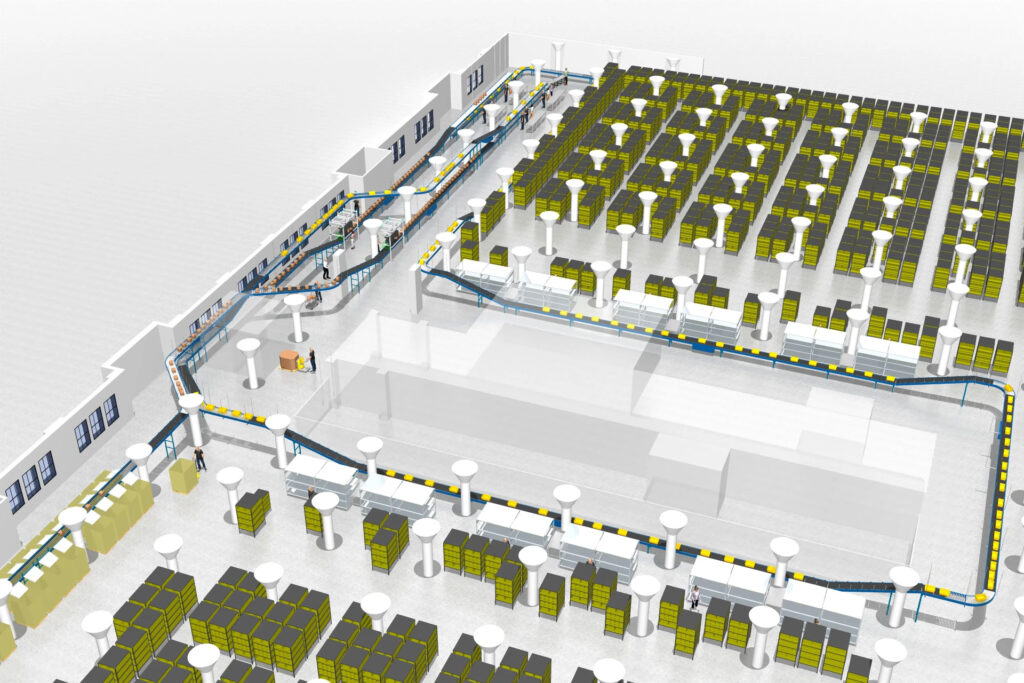Estimated reading time: 4 minutes
Contributed by DCL Logistics team
Running a third-party logistics (3PL) business is no small feat. As the backbone between suppliers, carriers, ecommerce brands, and end customers, 3PLs juggle complex responsibilities daily. From maintaining strict service level agreements (SLAs) to adhering to quality compliance regulations, the margin for error is very thin. In this high-pressure environment, warehouse automation infrastructure is not just a nice-to-have—it’s a competitive necessity.
The Challenges of Operating a 3PL
A 3PL operates as a dynamic intermediary, responsible for the timely and accurate movement of goods on behalf of other companies. This middleman role is a unique spot within the overall supply chain. On one side, a 3PL must work in tandem with suppliers and ecommerce brands, to receive, store, and manage goods in a timely and effective manner. On the other, they must be skilled at managing carrier capacity and high expectations from end-customers, to deliver seamless experiences.
Balancing these expectations is challenging under the best circumstances. When you add variables like peak season surges, SKU proliferation, and growing demands for same-day shipping, the stakes rise dramatically. Any failure to meet SLAs can damage client relationships and erode trust—especially when the 3PL is expected to be invisible to the end customer, while delivering perfect service.
The Burden of SLAs and Compliance
Service level agreements are the lifeblood of 3PL operations. These contractual benchmarks define how quickly orders must be fulfilled, how accurately inventory is managed, and how reliably returns are processed. Missing SLA targets isn’t just a disappointment—it’s a liability.
Additionally, compliance regulations—particularly for food, pharmaceuticals, or international goods—require meticulous tracking, documentation, and handling procedures. Human error or manual inefficiencies in these processes can lead to costly penalties or safety risks.
Automation as a Strategic Advantage
This is where automation infrastructure transforms operations from reactive to proactive. Modern 3PLs are increasingly investing in warehouse automation systems to scale efficiently, reduce error rates, and meet rising expectations. Key automation solutions include:
- Conveyor Systems: Enable the efficient and consistent movement of goods across warehouse zones, reducing manual transport time and risk of bottlenecks.
- Pick-to-Light Systems: These improve order picking accuracy and speed by guiding workers to the correct SKU locations using visual cues—essential for high-SKU or high-turnover environments.
- Document Insertion: Remove manual errors from adding branded inserts in your kitting flow, whether you need to add promotional materials, customer onboarding guides, or return slips, document automation can ensure higher rates of accuracy.
- Weight and Dimension Systems: Shipping costs are largely based on volumetric weight, so getting accurate package dimensions is key to knowing transportation costs upfront. Capture product dimensions and weight in real-time to ensure accurate shipping rates and optimize packaging for cost-savings.
- Print and Apply Machines: Automate the creation and placement of packing slips, shipping and return labels, to ensure uniformity and reduce labor time.
- Sortation Systems: Label and sort packages without halting conveyor movement, allowing for high-throughput operations and streamlined carrier handoffs.
Meet Client Expectations and Scale Smartly
With automation infrastructure in place, 3PLs can promise their clients faster turnaround times, improved accuracy, and full traceability. More importantly, they can scale operations during peak periods without linearly increasing labor costs or risking burnout.
Automation also supports advanced analytics and real-time reporting, enabling 3PLs to make smarter decisions, forecast needs, and continuously improve their service models. This agility is a powerful differentiator in a competitive landscape where clients are constantly seeking more value.
Future-Proofing the 3PL Model
As ecommerce continues to grow and consumer expectations for fast, flawless delivery rise, the 3PLs that succeed will be those who invest in scalable, flexible automation infrastructure. These technologies aren’t just cost-saving tools—they’re enablers of precision, reliability, and long-term client partnerships.
For 3PLs navigating the complexity of today’s logistics landscape, automation is no longer optional. It’s the foundation for operational excellence and sustained growth.
About DCL Logistics
DCL Logistics is a modern 3PL, grounded by 40 years of operational expertise. The company provides a full suite of fulfillment services (DTC, retail, B2B, and marketplace support) that allows ecommerce brands to scale without sacrificing flexibility, quality, or customer satisfaction. High-growth brands come to DCL for perfect order fulfillment, inventory management, returns support, and everything in between.




